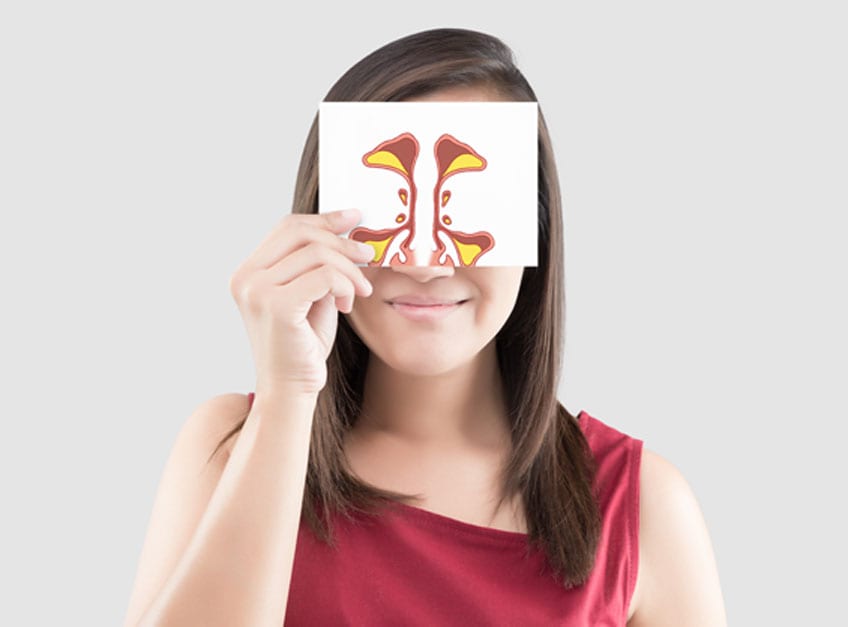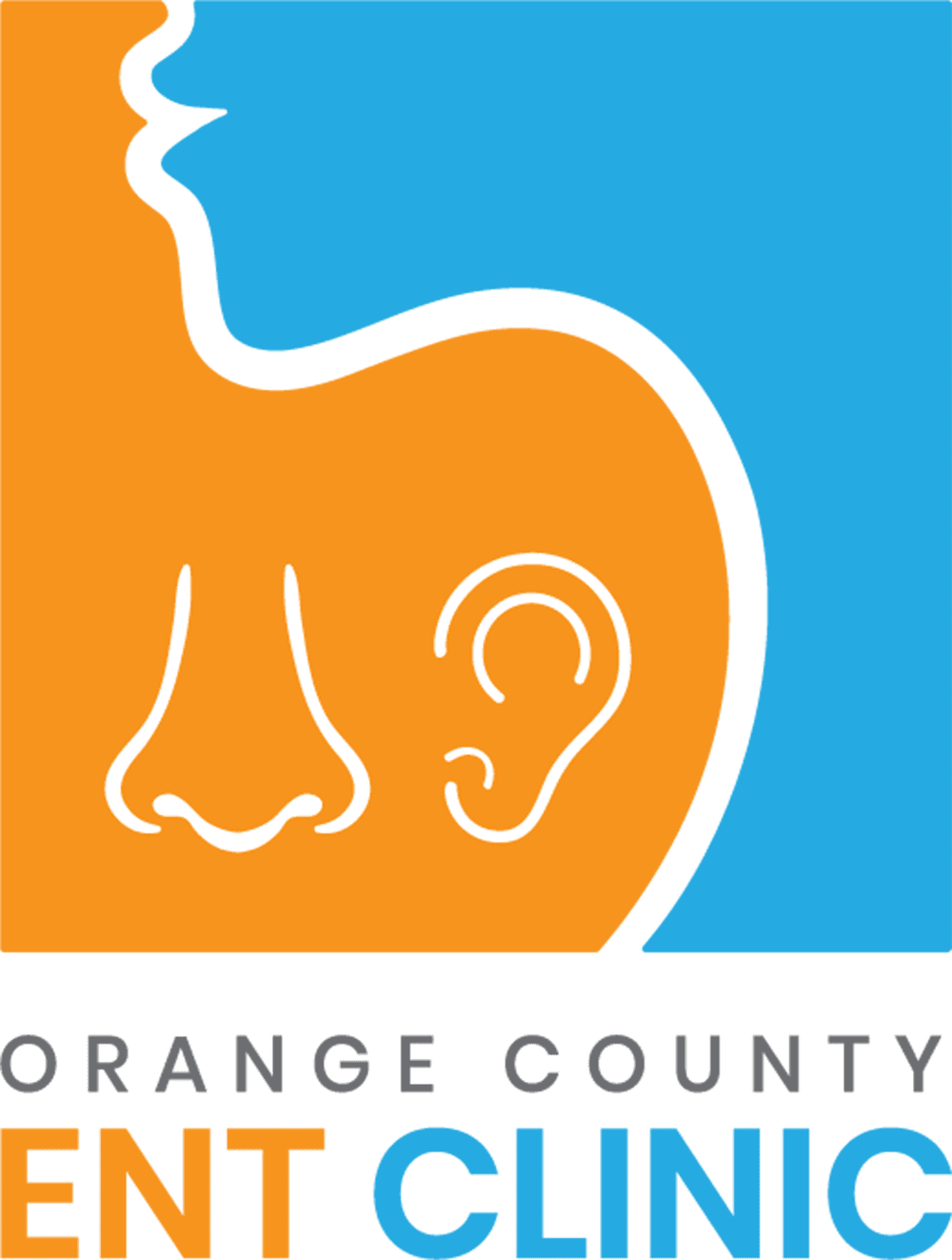
In order for you to breathe properly through your nose, it’s important that the nasal passages are open and aligned properly.
Any nasal obstructions can lead to issues with breathing as well as a wide range of additional complications. Among the most common types of nasal issues is a deviated septum, which is known to cause problems with a person’s nasal passages.
What Is a Deviated Septum?
A deviated septum is a very common condition that occurs when the thin wall that’s located between your two nasal passages is pushed to one side, which will result in one passage being too small. If the deviated septum is severe enough, you could experience a reduction in airflow, which will likely result in difficulties with breathing. If left untreated, it’s possible for this issue to cause certain complications like bleeding and crusting. While certain medications can be used to open up nasal passages, it’s likely that surgery will be necessary to fully correct the problem.


Symptoms of a Deviated Septum
When a person is affected by a deviated septum, there are times when the issue will only cause minor problems, which means that symptoms may not be present. If the deviated septum has resulted in a severe obstruction of the nasal passage, there are a few signs that you should be on the lookout for, the primary of which is having difficulties with breathing through one of the nostrils. This symptom can be especially noticeable when suffering from allergies or a cold. It’s also possible that the narrowing of your nasal passage will lead to the surface of the area becoming too dry, which heightens the risk of nosebleeds. You might also experience facial pain on the side of the face that the affected nostril is located on.
Possible Causes of This Condition
A deviated septum can either be caused by a birth defect or an injury to the nose. If the condition is present at birth, this condition will have developed in your child during fetal development. All kinds of different injuries can cause the wall between the nostrils to be pushed to one side. Car accidents and issues during contact sports are common causes of a deviated septum, which is why it’s important to act responsibly when playing sports and while driving. If you are currently suffering from a deviated septum, keep in mind that standard aging typically causes a deviated septum to worsen in severity.
Treatment Options Available to You
While surgery is being considered, you’ll likely be provided with some sort of medication that’s designed to manage the symptoms that you’re going through. These medications include everything from antihistamines and decongestants to nasal steroid sprays. The main surgical procedure that’s used to correct a deviated septum is a septoplasty, which aims to straighten and reposition the center of the nose. The best improvements occur with less severe cases of a deviated septum. This surgery is oftentimes combined with a rhinoplasty to provide additional reshaping of the nose.
